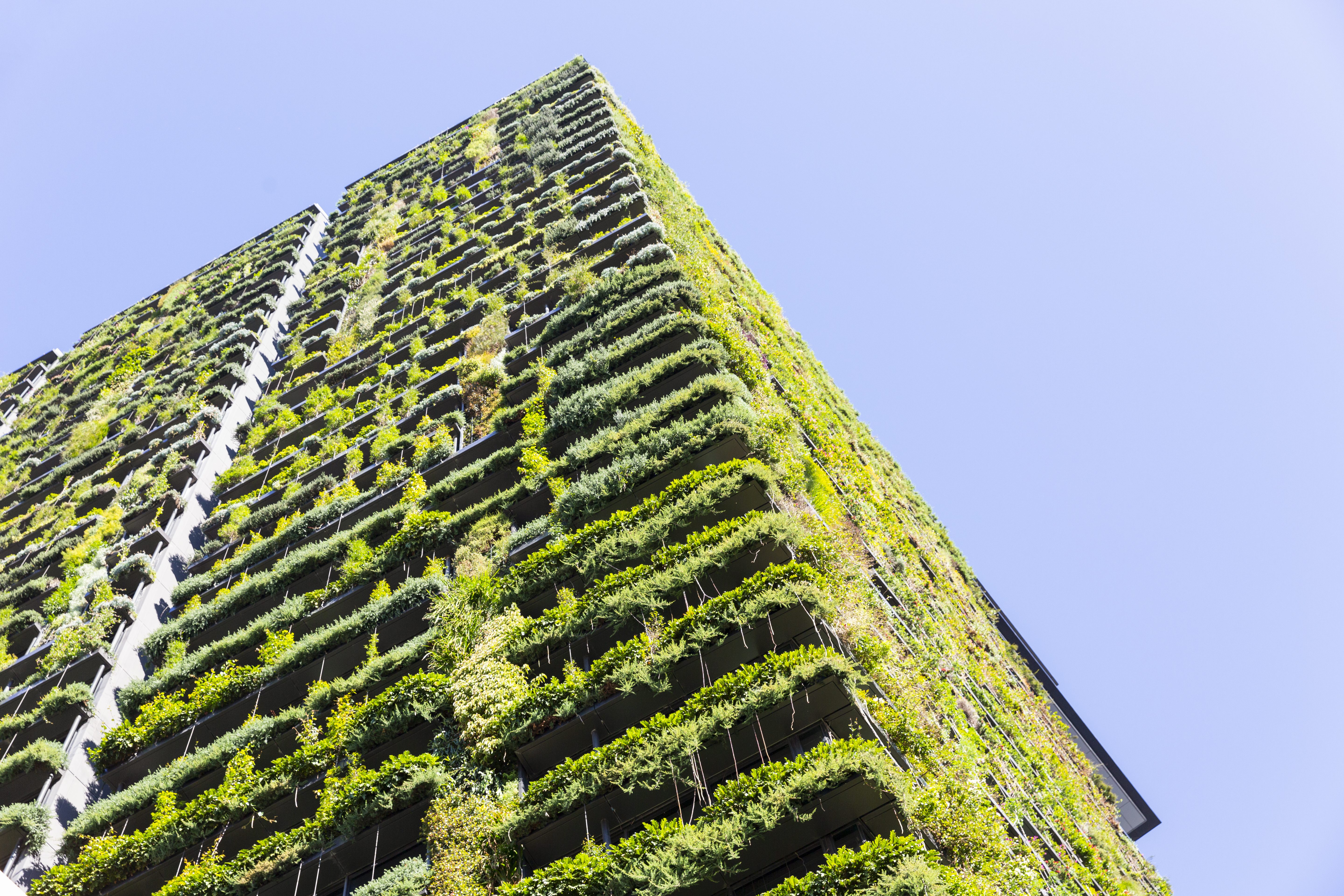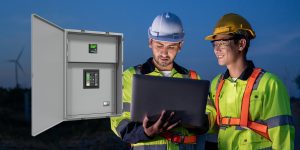Presently, the world is combatting the third wave of coronavirus. After two consistent years of living with the virus, people have witnessed large scale setbacks across several fronts, be it a financial crisis, unemployment, or deterioration of healthcare facilities. However, it has also brought multiple global issues to the forefront like climate change, the need for sustainable development and more.
Since we are living in the age of the internet, people across different classes get influenced by information produced via digital media, online blogs and articles. In the last two years, a transformational shift has been visible in the subjects that are picked up by media houses, independent writers and various social media platforms like Instagram, Facebook, Twitter, etc.
As people across the globe witnessed the unpredictability of nature and the fragility of human life, they understood the need to make small investments today so that they can nurture a brighter and more sustainable tomorrow. In this article, we will throw some light on energy-efficient buildings and how they are rapidly unlocking a plethora of possibilities with sustainable innovation.
Even though most people have a basic understanding of the word ‘energy-efficiency’, let us begin by learning the fundamentals of an energy-efficient building.
What are energy efficient buildings?

In simple terms, a green or an energy-efficient building can be referred to as structures that are exclusively designed to offer a significant reduction in the overall amount of energy [1] utilized by a building. Below we have mentioned some of the many features integrated into most energy-efficient buildings:
- Solar Electric Panels
Time and again, researchers and expert professionals across the globe have stressed on the benefits and advantages of investing in renewable energy sources like hydropower, solar panels, and windmills.
While designing a green and healthy building, the first thing that designers and builders recommend is to install a solar electric panel. It effectively converts sunlight into electricity and reduces the dependency on fossil fuels like natural gas, oil, and coal.
In other terms, it ensures that the house does not contribute to environmental degradation while lowering the total amount of energy bills by a considerable margin.
- Integration of Home Automation Systems
The innovative combination of digitization [2] and advanced technology has brought about an effective and highly productive set of home automation systems. They are a combination of software and hardware connected to a carefully planned wireless network to control home appliances via one single device like a tablet, smartphone, and more. In addition, these systems can also be remotely controlled while you are not home.
There are several types of home automation systems you can install in an energy-efficient home like power line-based home automation, wireless home automation, and BUS or wired cable home automation. All these devices will ensure that your house wastes minimal energy while saving you a significant amount of money on your utility bills.
- Sustainable construction material
When it comes to sustainable development and building energy-efficient homes, businesses owners around the world have come up with novel ideas that generate revenue in a responsible way. Construction of every type of building, be it domestic, industrial, or commercial, requires several resources, which leads to the release of pollutants, compounds, and oils.
On the other hand, construction material used in building a healthy building is usually inclusive of recycled steel, vacuum insulation panels, bamboo wood alternatives, insulated concrete walls, structural insulated panels, etc.
- Ventilation and Moisture Control
An airtight house can protect your health and prevent energy loss by a huge margin. To simplify, the fewer loopholes and leakages in the house, the harder it is for the air to escape and get in.
So, even in extreme weather conditions, the cooling and heating systems don’t have to function in full force, saving money and energy. Pipe wall penetrations, HVAC duct sealing, and window weather-stripping are some of the many locations to air seal.
What are the advantages of an energy efficient home?
Constructing smart, futuristic and healthy buildings is the first step towards building a green and sustainable world for future generations. Take a look at some of the many benefits and advantages of investing in an energy-efficient home:
- Reduction in heat loss and utility bills.
- All the installed efficient systems and designs offer improved controls.
- Energy-efficient homes offer a more comfortable and healthier living environment.
- Since energy-efficient homes are thoughtfully built, they have better resale value.
- As they are constructed by expert professionals, they do not require repairs and replacements.
Schneider Electric: Paving the way toward a sustainable future
We are a future-ready organization that offer an array of products and solutions for a healthy and sustainable tomorrow.
Sustainable retrofit, decarbonization procedures, maximization of electricity, and developing effective recycle materials are some facilities that we offer in order to make homes more efficient and reliable.
In addition, you can also get in touch with our competent home builders, interior designers, and electricians who will ensure that all the systems are installed in a precise and accurate manner, leaving no room for electrical and technical faults. To know more about our vision, products, and services, explore our site today!



